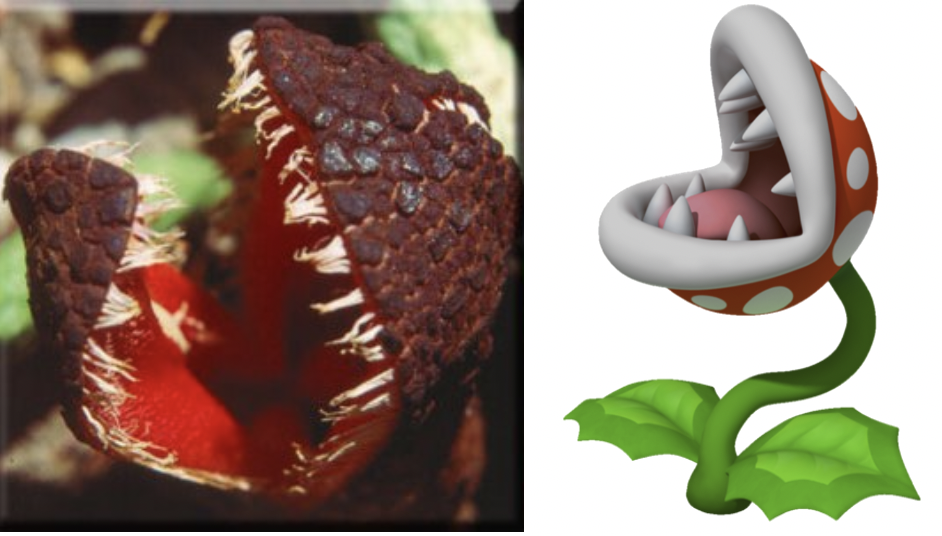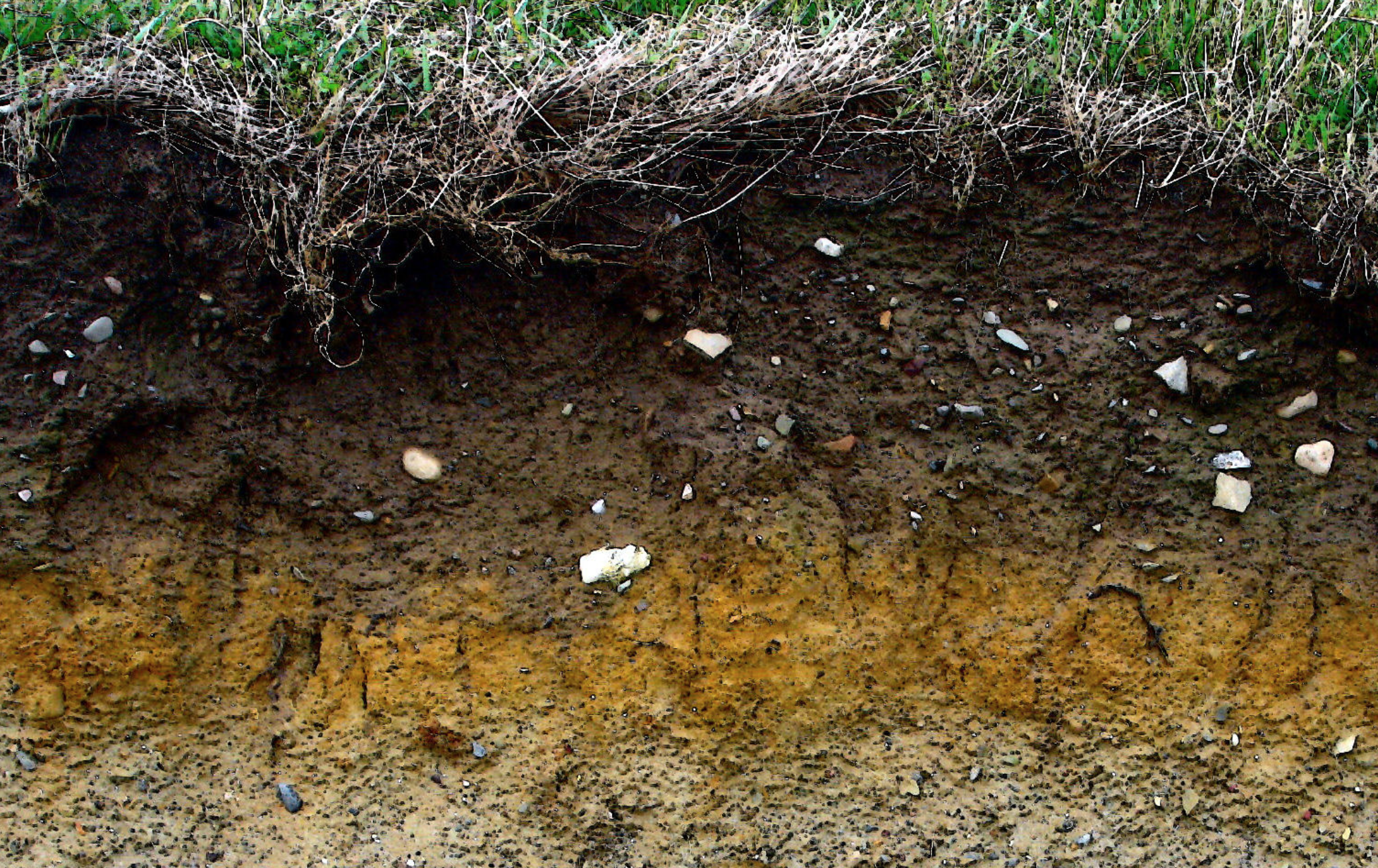Contrary to the fantasy world of videogames, some of these in-game species have real-life doppelgangers. Given the millions of years of fine-tuned species adaptations, these doppelgangers happen to be even cooler than their digital counterparts. Find out more about the parasitic Hydnora africana by reading this article written by my former student Courtney Parrilla!
Read moreHydnora africana: The real life “Piranha Plant” and Queen of Species Interactions
Hydnora africana and the notorious Piranha plant.









